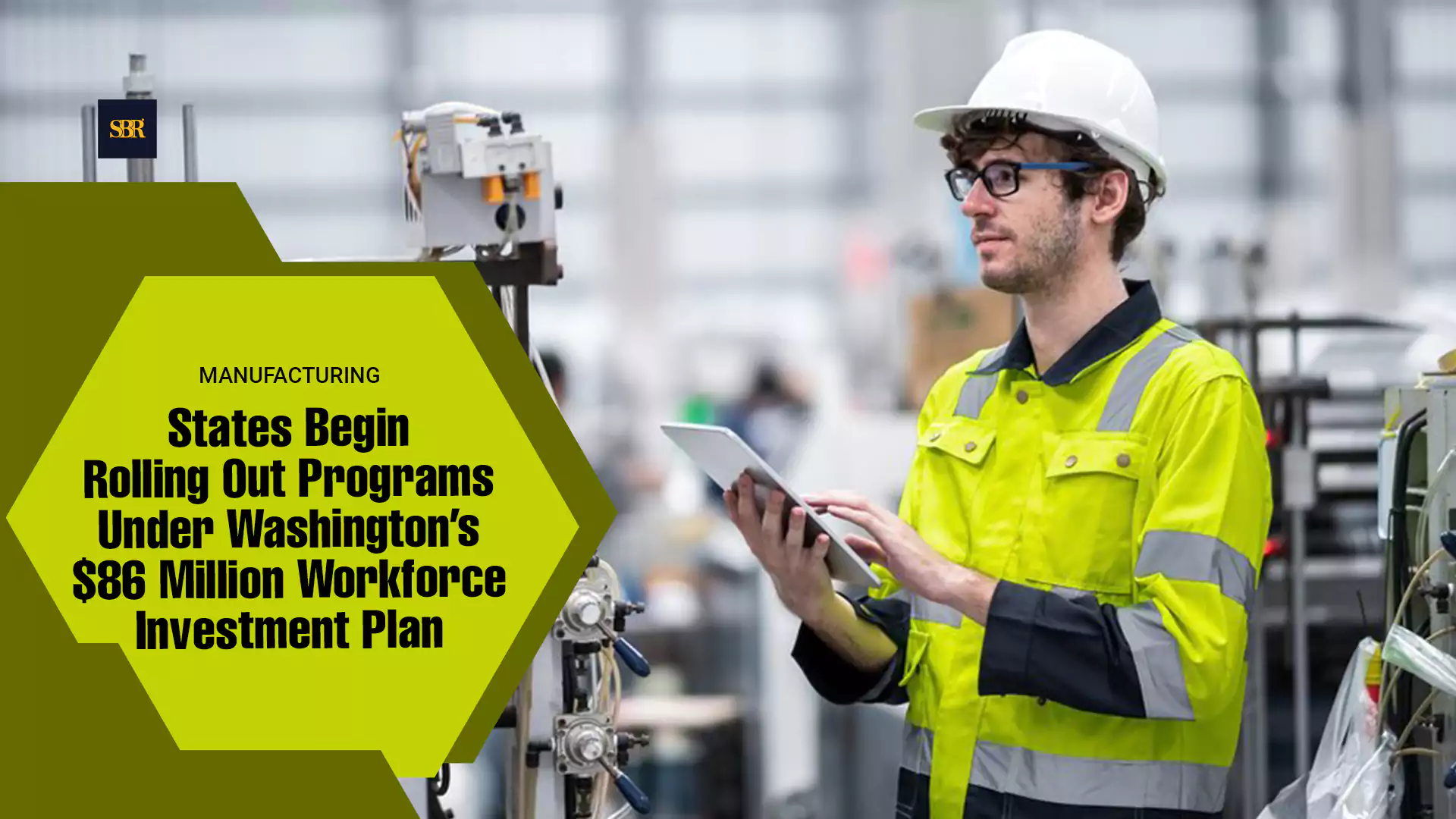The robotics sector is experiencing a profound transformation driven by technological innovation, automation, and increasing demand across various industries. With advancements in artificial intelligence, machine learning, and sensor technology, robots are becoming more sophisticated, versatile, and capable of performing complex tasks. Industries such as manufacturing, logistics, healthcare, agriculture, and retail are increasingly adopting robotic solutions to streamline processes, improve productivity, and reduce costs. The market for industrial robots is projected to grow significantly in the coming years, with strong demand for service robots, collaborative robots, and specialized applications. This growth is fueled by factors such as cost efficiency, safety benefits, customization, and collaborative innovation, making the robotics sector highly lucrative and promising for investors and businesses seeking to capitalize on the opportunities presented by automation and technological advancement.
The sector is poised for significant growth and profitability due to several key factors:
Technological Advancements: Rapid advancements in artificial intelligence (AI), machine learning, and sensor technology have significantly enhanced the capabilities of robots. This has led to the development of more sophisticated and versatile robots capable of performing complex tasks with precision and efficiency.
Increased Automation: With the ongoing trend towards automation across various industries, there is a growing demand for robots to streamline processes, improve productivity, and reduce costs. Industries such as manufacturing, logistics, healthcare, agriculture, and retail are increasingly adopting robotic solutions to automate repetitive and labor-intensive tasks.
Cost Efficiency: While the initial investment in robotics technology can be substantial, the long-term cost savings are often significant. Robots can operate 24/7 without the need for breaks or vacations, leading to increased production output and efficiency. Additionally, advancements in manufacturing processes have led to reductions in the cost of producing robots, making them more accessible to a wider range of industries.
Safety and Quality: Robots can perform tasks in hazardous or challenging environments where human workers may be at risk, such as handling toxic substances, working in extreme temperatures, or operating in confined spaces. By replacing humans in these environments, robots can improve workplace safety and ensure consistent quality standards.
Customization and Flexibility: Modern robots are increasingly designed to be adaptable and customizable to meet the specific needs of different industries and applications. This flexibility allows businesses to optimize their operations and respond quickly to changing market demands, giving them a competitive edge in the market.
Market Growth: The global robotics market is experiencing robust growth, driven by increasing demand from both traditional industries and emerging sectors. According to industry reports, the market for industrial robots alone is projected to reach billions of dollars in the coming years, with strong growth expected in service robots, collaborative robots, and other specialized applications.
Innovation and Collaboration: The robotics industry is characterized by ongoing innovation and collaboration among technology companies, research institutions, and industrial partners. This collaborative ecosystem fosters the development of groundbreaking technologies and solutions, driving further growth and expansion in the sector.
Overall, the combination of technological advancements, increased automation, cost efficiency, safety benefits, customization, market growth, and collaborative innovation makes the robotics sector highly lucrative and promising for investors and businesses alike. As the demand for robotics continues to grow across diverse industries, the sector is poised to play a transformative role in shaping the future of work and industry.















